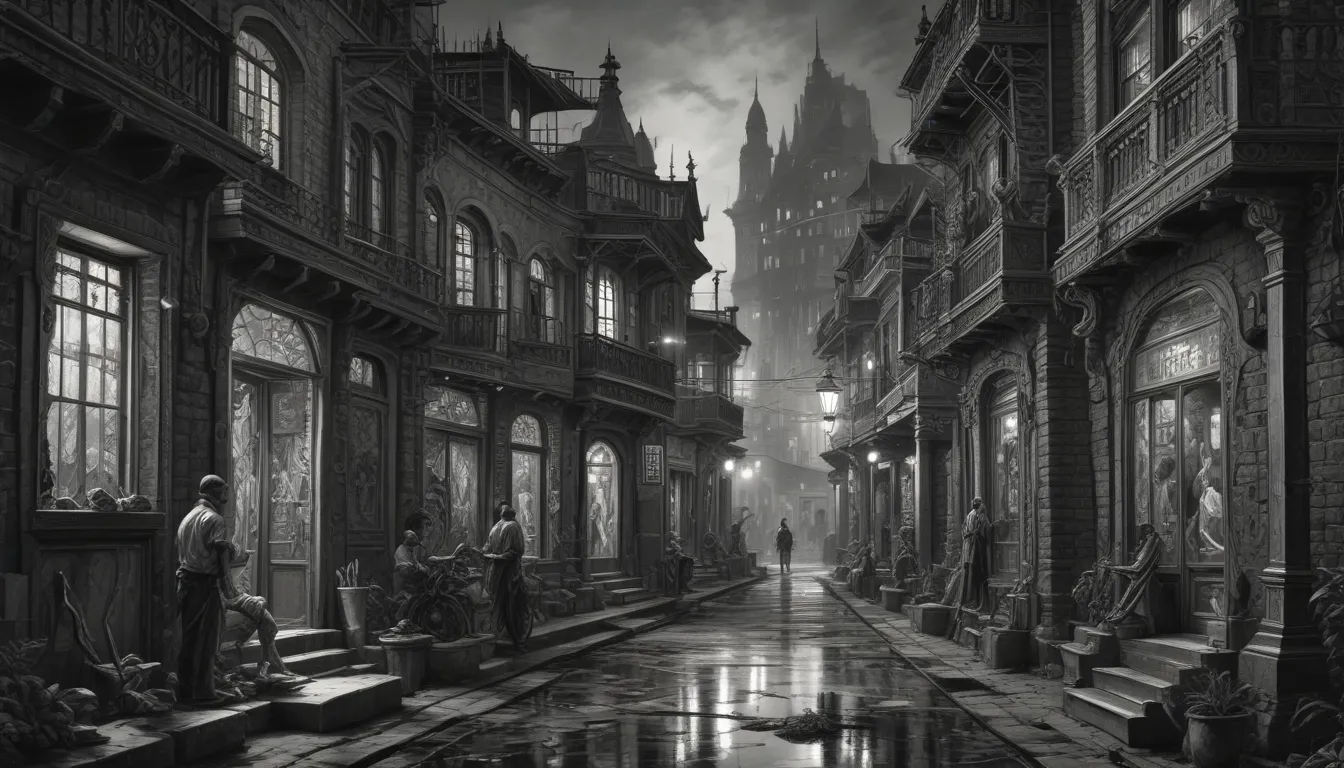The images in our articles are for illustrative purposes only and may not exactly match the content. They are intended to capture your interest and complement the text, not to replace it.
Are you ready to uncover the secrets of one of India’s most captivating cities? Jamnagar, located in the vibrant state of Gujarat, is a treasure trove of history, culture, and natural wonders waiting to be discovered. From its royal connections to its bustling industries, Jamnagar has something for everyone. Let’s embark on an exciting journey to explore the hidden gems of Jamnagar as we unravel 48 fascinating facts about this enchanting city!
The Enigmatic City of Jamnagar
Nestled in the western state of Gujarat, Jamnagar is a city steeped in history and cultural heritage. Once a princely state ruled by the Jadeja Rajputs, Jamnagar’s strategic location on the Gulf of Kutch added to its historical significance. Serving as the capital of Nawanagar, one of Saurashtra’s prominent princely states, Jamnagar has witnessed centuries of history unfold within its walls.
Majestic Landmarks and Historical Marvels
Lakhota Fort and Kotha Bastion stand as iconic landmarks in Jamnagar, offering breathtaking views of the city and housing a treasure trove of historical artifacts. The Darbargadh Palace, a majestic architectural masterpiece, showcases the grandeur of a bygone era and was once the residence of the royal family. The Uday Mandir, also known as the Summer Palace, is another architectural marvel that reflects Jamnagar’s rich heritage.
Vibrant Culture and Traditions
Jamnagar is renowned for its vibrant festivals, including Navratri, Janmashtami, and Diwali, which bring the city to life with colors and cultural performances. The city’s bustling bazaars and markets offer a unique shopping experience, featuring handicrafts, textiles, and traditional jewelry. Known as the “Jewel of Kathiawar,” Jamnagar boasts exquisite palaces, royal heritage, and bustling markets that showcase the city’s rich cultural tapestry.
Nature’s Bounty and Marine Treasures
Jamnagar is home to the world’s largest oil refinery complex, operated by Reliance Industries, which contributes significantly to the city’s economic growth. The Marine National Park, India’s first marine sanctuary, offers a glimpse into a diverse marine ecosystem with coral reefs and marine species. The city’s proximity to Bet Dwarka, a sacred island associated with Lord Krishna, makes it a popular pilgrimage site for devotees seeking spiritual solace.
Wellness and Eco-Tourism Retreats
Jamnagar’s Ayurvedic clinics and treatment centers offer traditional healing therapies that rejuvenate the mind, body, and soul. The city’s eco-tourism initiatives, including wildlife sanctuaries and nature reserves, make it an ideal destination for nature lovers and wildlife enthusiasts. Bird watchers flock to Jamnagar to witness a diverse range of bird species in its wetlands and marshes, while the Ranjit Sagar Dam provides a picturesque backdrop for nature lovers seeking tranquility.
Culinary Delights and Local Flavors
Indulge in Jamnagar’s traditional Gujarati cuisine, featuring delectable dishes like Dhokla, Fafda, and Khandvi that tantalize the taste buds. The city’s vibrant Garba dance performances during Navratri showcase its cultural vibrancy and festive spirit. With a thriving arts and crafts scene, Jamnagar is known for its indigenous crafts like silver jewelry, Bandhani textiles, and decorative pottery that reflect the region’s cultural heritage.
A Glimpse into the Past and Future
From the Royal Automobile Museum showcasing vintage cars to the archaeological site of Dholavira offering insights into the ancient Indus Valley Civilization, Jamnagar bridges the gap between history and modernity. The city’s commitment to sustainable development is evident through initiatives like the Solar Park, harnessing clean energy from sunlight to power its infrastructure. With a deep-sea port and world-class healthcare facilities, Jamnagar is not just a tourist hub but a thriving city with a promising future.
Plan Your Journey to Jamnagar
Now that you’ve uncovered the hidden beauty of Jamnagar, it’s time to pack your bags and experience the magic of this enchanting city for yourself. Whether you’re a history buff, nature enthusiast, or simply looking for a unique travel experience, Jamnagar has something for everyone. So, embrace the warmth and hospitality of the city, immerse yourself in its cultural wonders, and create unforgettable memories in the heart of Gujarat.
FAQs
-
When is the best time to visit Jamnagar?
The best time to visit Jamnagar is during the winter months from October to February when the weather is pleasant for outdoor activities. -
How can I reach Jamnagar?
Jamnagar has its own domestic airport, a railway station, and bus services for convenient travel within the city. -
What are the must-visit attractions in Jamnagar?
Don’t miss Dwarkadhish Temple, Lakhota Palace and Museum, Khijadiya Bird Sanctuary, and the Marine National Park during your visit to Jamnagar. -
Is Jamnagar safe for tourists?
Jamnagar is generally a safe city for tourists, but always practice caution and be aware of your surroundings. -
Can I find vegetarian food options in Jamnagar?
Absolutely! Jamnagar is known for its delicious vegetarian cuisine, particularly the wholesome Gujarati thali. -
Are there any eco-friendly initiatives in Jamnagar?
Jamnagar is committed to sustainable development with initiatives like the Marine National Park and eco-friendly practices at the world’s largest oil refinery complex.
As you plan your journey to Jamnagar, let the city’s rich history, vibrant culture, and natural wonders guide you on an unforgettable adventure. Embrace the past, celebrate the present, and look forward to a future filled with endless possibilities in this enchanting city of Gujarat.






